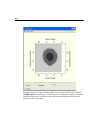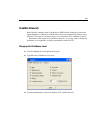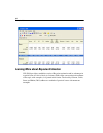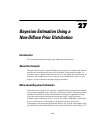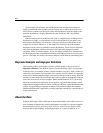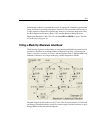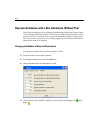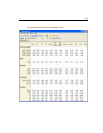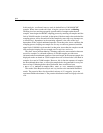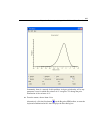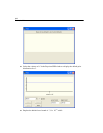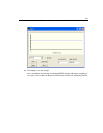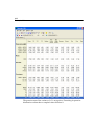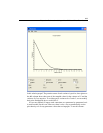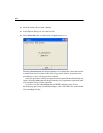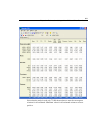
414
Example 27
In this analysis, we allowed Amos to reach its default limit of 100,000 MCMC
samples. When Amos reaches this limit, it begins a process known as thinning.
Thinning involves retaining an equally-spaced subset of samples rather than all
samples. Amos begins the MCMC sampling process by retaining all samples until the
limit of 100,000 samples is reached. At that point, if the data analyst has not halted the
sampling process, Amos discards half of the samples by removing every alternate one,
so that the lag-1 dependence in the remaining sequence is the same as the lag-2
dependence of the original unthinned sequence. From that point, Amos continues the
sampling process, keeping one sample out of every two that are generated, until the
upper limit of 100,000 is again reached. At that point, Amos thins the sample a second
time and begins keeping one new sample out of every four...and so on.
Why does Amos perform thinning? Thinning reduces the autocorrelation between
successive samples, so a thinned sequence of 100,000 samples provides more
information than an unthinned sequence of the same length. In the current example, the
displayed results are based on 53,000 samples that were collected after 1,000 burn-in
samples, for a total of 54,000 samples. However, this is after the sequence of samples
has been thinned three times, so that eight samples had to be generated for every one
that was kept. If thinning had not been performed, there would have been
burn-in samples and analysis samples.
The results of the Bayesian analysis are very similar to the maximum likelihood
results. The posterior Mean for the residual variance of e5 is negative, just as the
maximum likelihood estimate is. The posterior distribution itself lies largely to the left
of 0.
1000, 88000,=×
53 000, 8 424 000,=×



